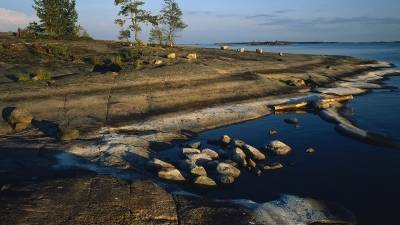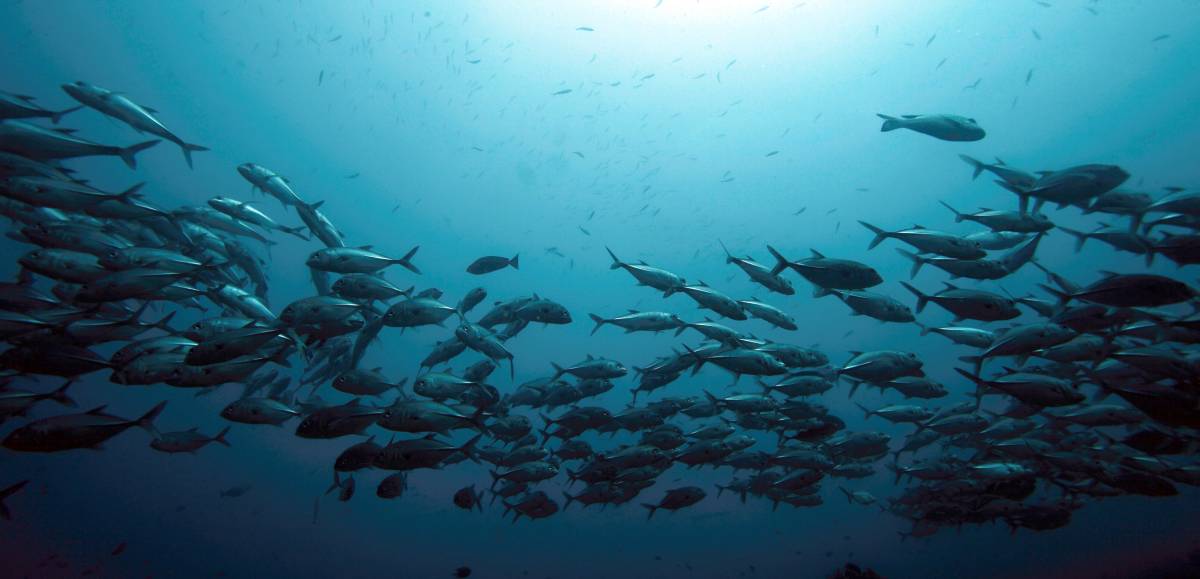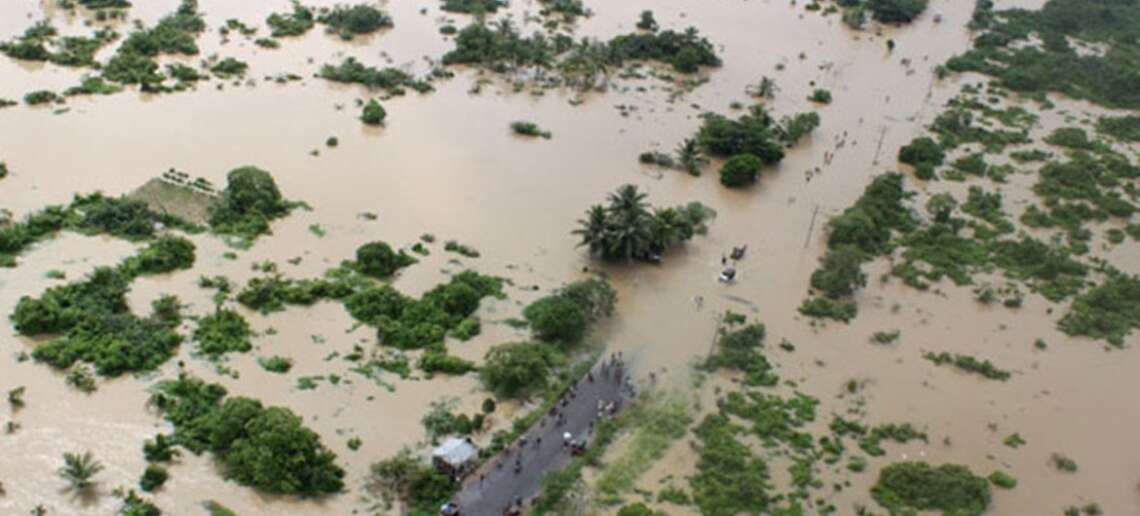However, the mixed layer over most oceans will become shallower in response to continued anthropogenic warming, resulting in a decline in ocean memory…reports Asian Lite News
Most of the world’s oceans are steadily losing their year-to-year ‘memory’ under global warming, researchers have warned.
Ocean memory decline is found as a collective response across the climate models to human-induced warming. As greenhouse-gas concentrations continue to rise, such memory decline will become increasingly evident.
The study published in the journal Science Advances compared the fast weather fluctuations of the atmosphere to find that the slowly varying ocean exhibits strong persistence, or “memory,” meaning the ocean temperature tomorrow is likely to look a lot like it does today, with only slight changes.
“We discovered this phenomenon by examining the similarity in ocean surface temperature from one year to the next as a simple metric for ocean memory,” said Hui Shi, lead author and researcher at the Farallon Institute in Petaluma, California. “It’s almost as if the ocean is developing amnesia.”
Ocean memory is found to be related to the thickness of the uppermost layer of the ocean, known as the mixed layer. Deeper mixed layers have greater heat content, which confers more thermal inertia that translates into memory.
However, the mixed layer over most oceans will become shallower in response to continued anthropogenic warming, resulting in a decline in ocean memory.

Along with ocean memory decline, the thinning mixed layer is also found to increase the random fluctuations of the sea surface temperature.
As a result, although the ocean will not become much more variable from one year to the next in the future, the fraction of helpful signals for prediction largely reduces.
“Reduced ocean memory together with increased random fluctuations suggest intrinsic changes in the system and new challenges in prediction under warming,” said Fei-Fei Jin, an atmospheric sciences professor at the University of Hawaii.
Ocean memory loss doesn’t just impact the prediction of physical variables, but could also influence the way we manage sensitive marine ecosystems.
Besides ocean prediction, forecasting land-based impacts on temperature, precipitation as well as extreme events might also be affected by ocean memory decline due to their dependence on the persistence of sea surface temperature as a predictability source, the team said.
Sea levels rising twice as fast in New Zealand
New data released on Monday revealed that sea levels in New Zealand were rising some 20 to 30 years faster than previously expected.
Based on current international emissions reduction policies, global sea levels are expected to rise about 0.6 metres by the year 2100.
However, for large parts of New Zealand this will double to about 1.2 metres due to ongoing land subsidence, said Professor Tim Naish from the Victoria University of Wellington, co-leader of the NZ SeaRise programme.
“We have less time to act than we thought,” Naish said.
What may be a real surprise to people is that for many of New Zealand’s most populated regions, such as Auckland and Wellington, “this unavoidable rise is happening faster than we thought.”
“Vertical land movements mean that these changes in sea level may happen 20 to 30 years sooner than previously expected,” said Richard Levy from GNS Science and Victoria University of Wellington, co-leader of NZ SeaRise.
For many parts of New Zealand’s coast, 30 cm of sea-level rise is a threshold for extreme flooding, above which the 100-year coastal storm becomes an annual event, Levy said.
NZ SeaRise, a five-year research programme funded by the government, brings together 30 local and international experts from universities and research institutes to improve projections of sea-level rise in New Zealand.
On Monday, the programme released location-specific sea-level rise projections out to the year 2300 for every 2 km of the coast of New Zealand.
These projections can be accessed through a new online tool.
For the first time, New Zealanders will be able to see how much and how fast sea levels will rise along their own stretch of coast and in their neighbourhood, according to the programme.
The new projections are being incorporated into the next Ministry for the Environment guidance for local governments’ work on coastal hazards and climate change, Levy said.
Climate change and warming temperatures are causing sea levels to rise, on average, by 3.5 mm per year. This sea-level rise is caused by thermal expansion of the ocean, and the melting of land-based glaciers as well as the Greenland and Antarctic ice sheets.
However, local sea-level rise around the coast of New Zealand is also affected by the up-and-down movements of its land.








